Latest News
New scoring system that ranks games based on their representation of race, gender and disabilities reveals there’s still a long way to go to accurately represent the diverse communities playing them
 Reading Time: 4 minutes
Reading Time: 4 minutes
A new study by Currys PC World investigating diversity in the gaming industry has found that, while the representation of race, gender and disabilities has improved in games since the nineties, there is still a distinct bias in favour of the young, white, straight male.
Using a bespoke scoring system (please see methodology for breakdown), they analysed games that have made a mark at E3 and The Game Awards over the last 20 years. Games were awarded points for: female characters in prominent positions; for exploring LGBTQ+ plot points or themes; for mixed race characters prominently placed in the story; and for disabled characters or references. Their key findings are below:
Ethnic minorities are still underrepresented in games, but things are (slowly) improving
Despite efforts being made in recent years to improve the ethnic diversity of characters in games, an analysis of all games nominated for a Game Award from 2003 to 2018 unearthed that black and ethnic minorities are still severely underrepresented.
While RPGs (role-playing games) sometimes offer a choice of playable characters, their default characters are often white. When other ethnicities are represented, it’s also common for them to be type-cast.
“The diversity that is applied to white characters is something that is often missing when other races are depicted in games.” Adam Campbell, co-founder of POC in Play. “Representation still feels incomplete and inconsistent. We’re still also hard pushed to find those protagonists that are not the stereotypical Indiana Jones or the tough, bald, male type, so ‘diversity’ is the exception rather than the rule.”
· Proper ethnic diversity is still lacking. Only 3% of Game Award nominees (2003-2018) have featured a person of colour as a default protagonist.
· Grand Theft Auto: San Andreas and The Walking Dead are the only games where a playable person of colour is baked into the story from start to finish.
· Fallout 4 doesn’t feature a specific character on the cover, but the player creator screen serves a generic white male/female face as the first thing you see.
· Canada is by far the best at getting representation right. Edmonton’s Bioware has put an emphasis on freedom of choice of character, and Ubisoft Montreal consistently tells diverse stories (e.g. Assassin’s Creed).
Representation of women in games is on the rise, yet the characters are often hyper-sexualised
With as many as 42% of gamers in the UK being female (and that number rising to 52% in France[1]) it only makes sense that women are represented equally in games. This doesn’t appear to be the case, however. While the last decade has seen a 189% increase in games featuring playable female characters, fewer than a third of game covers feature a woman in a prominent position. When women are featured, they’re often sexualised. For example, the cover of San Andreas sports a blonde-haired woman in a come-hither pose.
“Female characters have historically been hyper-sexualised for the male gaze in gaming,” says Jay-Ann Lopez, founder of Black Girl Gamers. “You can observe this with the various representations of Lara Croft. I do not believe there is an inherent problem with women being viewed as sexy. However, when it is the only version of women shown, it strips us of our depth and limits us to serving as purely visual objects. Still, there are more and more holistic and nuanced female characters appearing within games.”
· Game covers continue to put men first. Only 11% of covers have women as the focal point, or with a share of the focus.
· From 2012 onwards, diversity has markedly improved. The Walking Dead release that year starred a black man (Lee) and a young mixed-race girl (Clementine) and was a critical and commercial hit.
The notion that people with disabilities need to be “fixed” is rife in the gaming industry
On the rare occasions that disabilities are represented in games, they are more likely to be physical ailments than mental. Mental health has only been tackled in the last few years as awareness rises. Plus, characters with a physical disability are often “fixed”.
Accessibility expert Ian Hamilton says: “This notion that people with disabilities are broken and need to be fixed – a concept known as the medical model of disability – was rejected and abandoned in the 1970s, yet still persists in media and in games, often through the trope of medical conditions being replaced by superhuman powers or superhuman prosthetics. Moreover, games are often guilty of furthering the myth that a disability is rare, with all the impact that has on broader prejudice and discrimination.”
· Deadly Premonition shows protagonist Francis York Morgan talking to an imaginary character, Zach. What starts off as a curious subplot turns into a fascinating exploration of mental health.
· The Joker, ace pilot of Mass Effect’s SS Normandy, suffers from Vrolik syndrome (brittleness of the bones), while Lester, the sardonic sidekick in Grand Theft Auto V, has an unnamed wasting disease. Yet both men are fiercely independent in spite of the challenges they face and are not defined by their disabilities.
LGBTQ+ themes are being explored more in gaming narratives
LGBTQ+ themes are rarely explored in games, and that’s especially true of the biggest titles.
This being said, things are improving. Some of the biggest games to tackle homosexuality with grace in the last 20 years include:
· Assassin’s Creed Odyssey (2018) and The Sims (2000) with both allowing you to enter a relationship with anyone you please
· The Last of Us (2013) boasting an expansion pack that portrays Ellie in a relationship with another girl,
· Fallout 3 that features a romanceable gay character, and
· Life is Strange (2015) that explores a number of well-written gay characters.
“Dream Daddy: A Dad Dating Simulator lets players be either a cis or trans man and captures a reality of the gay community I haven’t seen before in a game. Not every game can be Dream Daddy – and not every game has to be.” Alayna M. Cole, MD of Queerly Represent Me.
· Only 11% of GOTY nominees and E3 winners offer up significant LGBTQ+ storylines.
· From 2009-2018, there’s been a 300% rise in games featuring proper representation when compared to the preceding ten years (1999-2008).
Ultimately, things are getting better. Since 2012, nearly half of all games have featured diverse casts, LGBTQ+ themes or characters of colour – as opposed to 26% pre- 2012. Plus, The Last of Us II, one of the biggest PS4 games coming out in the next year, is set to feature a female LGBTQ+ lead. With time, here’s hoping that the enduring (and inaccurate) stereotype – that only young, white men play games – will fizzle out.
[1] https://en.wikipedia.org/wiki/Women_and_video_games
Source: Latest News on European Gaming Media Network
This is a Syndicated News piece. Photo credits or photo sources can be found on the source article: New scoring system that ranks games based on their representation of race, gender and disabilities reveals there’s still a long way to go to accurately represent the diverse communities playing them

Latest News
From ‘Mummyverse’ to Crash Games: Belatra Reviews a Landmark 2025
Editor’s Take
Why this matters: Belatra has been a steady hand in the slots world for a long time, but 2025 marked a distinct shift in strategy. By entering the Crash vertical with Goose Boom Bang and winning big at SiGMA Africa, the studio is clearly pivoting to capture the high-growth, high-frequency players in emerging markets. They are no longer just a “classic slots” developer; they are diversifying the portfolio to ensure relevance in regions like LatAm and Africa.
The Full Story
Belatra Games, the specialist online slots developer, has issued a strategic review of its 2025 operations, celebrating a 12-month period defined by entry into new game verticals, significant franchise expansion, and high-profile industry recognition.
The year was characterized by a dual strategy: deepening engagement in established markets while aggressively expanding its content portfolio to suit local preferences in emerging territories.
Portfolio Evolution: Crash and Battles 2025 saw Belatra move beyond its traditional slot roots. The company made its debut in the high-demand Crash game vertical with the launch of Goose Boom Bang, a title designed to tap into the fast-paced gameplay preference of younger demographics.
Additionally, the studio introduced a fresh game concept with the launch of Battles, a new format unveiled for the first time in 2025, with further development planned for 2026.
The ‘Mummyverse’ Expands For fans of classic slots, the highlight of the year was the aggressive expansion of the Mummyverse. Belatra nearly doubled the size of this franchise over the year, making it the most extensive game universe in their entire catalog.
The developer also focused on B2B localization, releasing a number of exclusive bespoke games created specifically for selected operator partners to meet specific local market tastes.
Awards and Recognition The company’s strategic shifts were validated by industry accolades. Belatra secured over 30 nominations throughout the year, with standout wins including:
-
Best Slot Provider (awarded by BitStarz).
-
Most Played Game of 2025 for Make It Gold at the SiGMA Africa Awards.
-
Player’s Pick Award.
Management Commentary Misha Voinich, Head of Business Development at Belatra, commented on the studio’s momentum:
“This year has truly defined who we are as a studio – ambitious, creative and focused on building long-term partnerships. We’ve expanded our universes, launched new ones and entered exciting new markets that will all help us carry this momentum into the New Year.”
The post From ‘Mummyverse’ to Crash Games: Belatra Reviews a Landmark 2025 appeared first on Gaming and Gambling Industry Newsroom.
Latest News
‘Chaos and Soul’: Ebaka Games Plots Global Expansion After Viral Launch
Editor’s Take
Why this matters: The “Instant Game” vertical (Crash, Plinko, Mines) is becoming crowded, but Ebaka Games is cutting through the noise with a distinct brand personality. By securing BMM Testlabs certification so quickly after launch, they are signaling to Tier 1 operators that despite their “chaotic” marketing vibe, the math underneath is solid and compliant. The backing of industry veteran Dmitry Belianin also adds immediate commercial credibility to the startup.
The Full Story
Ebaka Games, the fledgling studio that promises to bring “chaos and soul” to the iGaming sector, has outlined an aggressive growth strategy for 2026 following a landmark launch period in late 2025.
The studio, which officially debuted in November, reports that its initial rollout reached more than five million people worldwide. The launch saw its portfolio go live with the operator Menace, serving as the initial testbed for its mechanics and “Ebaka modes.”
The Product: Instant Games with Personality Ebaka is bypassing traditional slots to focus on the high-growth vertical of fast-paced, instant-win games. Their initial lineup includes:
-
Plinko
-
Mines
-
Tower
-
Limbo
-
Crash
Differentiation is achieved through unique mascots and signature gameplay tweaks designed to offer high win potential and distinct visual identities, moving away from the generic interfaces often found in this genre.
Regulatory Milestone Crucially for its 2026 roadmap, Ebaka Games has confirmed it has secured certification from BMM Testlabs. This accreditation validates the fairness and integrity of its RNG (Random Number Generator) and game engines, removing a major barrier to entry for regulated markets. With this certification in hand, the studio plans to launch with a number of “major brands” in the coming year.
Management Commentary Vitalii Zalievskyi, CEO of Ebaka Games, commented on the studio’s unorthodox approach:
“It’s only been a few weeks since we first introduced Ebaka Games to the world. The feedback has been breathtaking, and it vindicates the decision for us to take a different path to the rest of the industry. You don’t need huge marketing budgets to grab people’s attention if you are building something truly innovative.”
Industry Backing The studio describes itself as being “created by players for players” but boasts significant industry firepower in its corner. The team includes Dmitry Belianin, a well-known figure in the sector who is the co-founder of Blask and Menace, as well as Managing Partner at Already Media.
The post ‘Chaos and Soul’: Ebaka Games Plots Global Expansion After Viral Launch appeared first on Gaming and Gambling Industry Newsroom.
Latest News
Racing Meets Nightlife: SBK Backs ARC’s New ‘Friday Night Live’ Series
Editor’s Take
Why this matters: British racing has a well-documented demographic problem; its core audience is aging. “Friday Night Live” is a direct attempt to fix this by blending high-stakes racing with the “experience economy” (DJs, nightlife vibes) that appeals to Gen Z and Millennials. Bringing SBK on board—a mobile-first, app-only sportsbook—is a perfect demographic fit, while the Racing Post adds the necessary credibility to ensure the actual racing product remains the focus.
The Full Story
Arena Racing Company (ARC) has unveiled the strategic commercial lineup for its upcoming Friday Night Live series, confirming SBK as the Exclusive Betting Partner and The Racing Post as the Official Media Partner.
Set to launch in January 2026, Friday Night Live is a new initiative created in collaboration with youth-focused events company INVADES. The series is designed to overhaul the traditional race day experience, featuring fast-paced fixtures under floodlights, DJ sets, and significant entertainment elements sandwiched between races.
The Commercial Deal
-
SBK: As the exclusive betting partner, the Smarkets-owned sportsbook will take naming rights and on-course branding for all 35 races. Crucially, these races will be broadcast live on mainstream television via ITV Racing as well as Sky Sports Research.
-
The Racing Post: As the Official Media Partner, the publication will provide content, coverage, and promotion across its digital platforms, aiming to bridge the gap between established racing purists and the new audience ARC hopes to attract.
A High-Stakes Experiment The series is not just a marketing exercise; it carries serious sporting weight. Each of the five scheduled nights will feature over £200,000 in prize money. The fixtures will rotate across three of ARC’s all-weather tracks: Wolverhampton, Newcastle, and Southwell.
Management Commentary David Leyden Dunbar, Group Director of Commercial Strategy at ARC, was clear about the target audience:
“We have been very clear that one of the aims of Friday Night Live is to engage the next generation of racing fans… Both [partners] have shown real enthusiasm to work with us… as well as using the platform that these fixtures will offer them to also engage with more established racing and sports fans.”
Adam Baylis, Marketing Director at SBK, added:
“Friday Night Live [is] a fresh and engaging concept that brings a new energy to British racing. SBK has always been built around sport… our focus is on enhancing the live race day experience in a fun, social and responsible way.”
The 2026 Schedule The series kicks off immediately in the new year:
-
9th Jan: Wolverhampton
-
6th Feb: Newcastle
-
20th Feb: Southwell
-
20th March: Wolverhampton
-
27th March: Newcastle
The post Racing Meets Nightlife: SBK Backs ARC’s New ‘Friday Night Live’ Series appeared first on Gaming and Gambling Industry Newsroom.
-

 Latest News2 weeks ago
Latest News2 weeks agoSCCG Announces Strategic Partnership with Yellow Elephant Studios to Expand Multi-Channel Gaming Content Worldwide
-
Latest News2 months ago
JioBLAST Launches All Stars vs India powered by Campa Energy: A New Era of Creator-Driven Esports Entertainment
-
eSports1 month ago
CS:GO Betting Gains Momentum in the iGaming Sector
-
Latest News3 weeks ago
THE 2025 PUBG MOBILE GLOBAL CHAMPIONSHIP GROUP STAGE WRAPS UP WITH LAST CHANCE IN SIGHT
-
Latest News1 month ago
S8UL Esports acquires Team Elite’s Free Fire MAX roster to form S8UL Elite
-
Latest News1 month ago
RocketPlay wins Best Customer Service at European iGaming Excellence Awards
-
Latest News2 months ago
Kambi Group plc Q3 2025 Report
-
Latest News3 months ago
GGPoker Unveils Massive Weekly $100K Freeroll, Kicking Off October 18




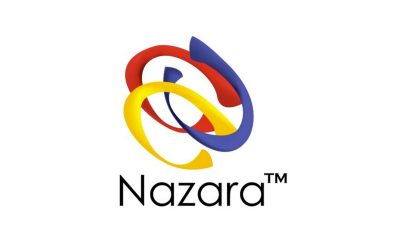







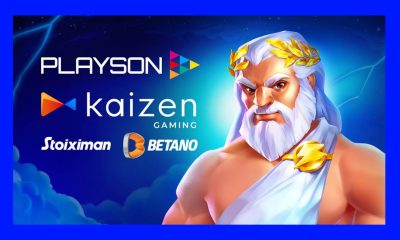


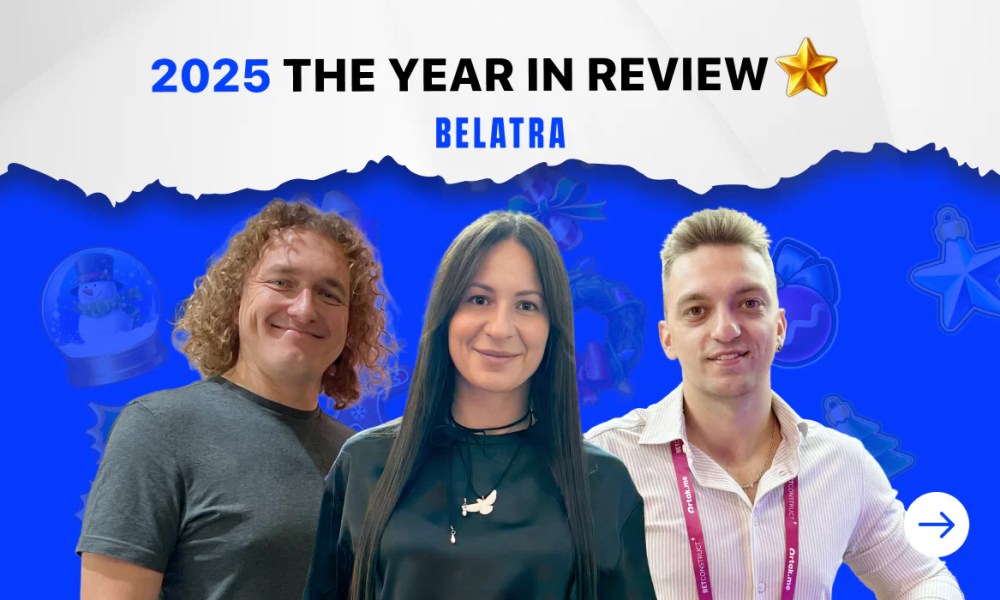
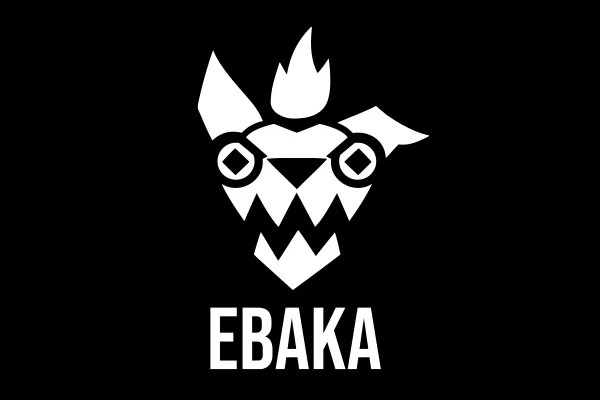


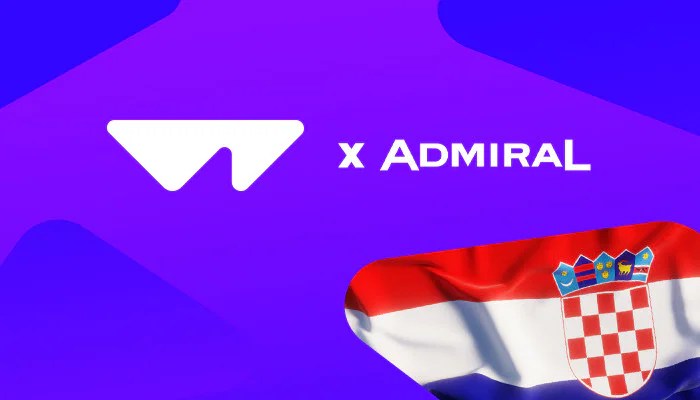


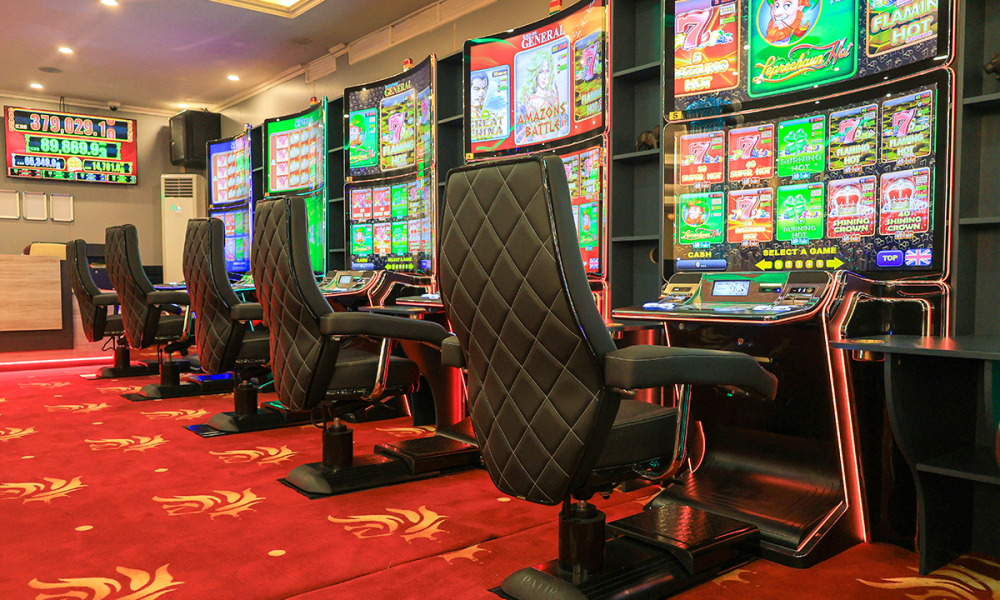

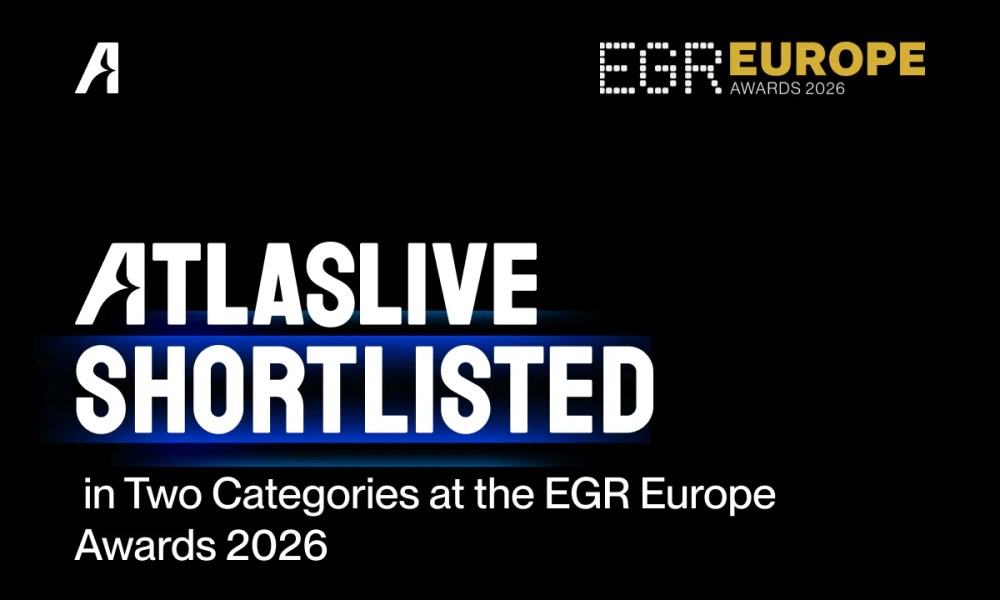
You must be logged in to post a comment Login